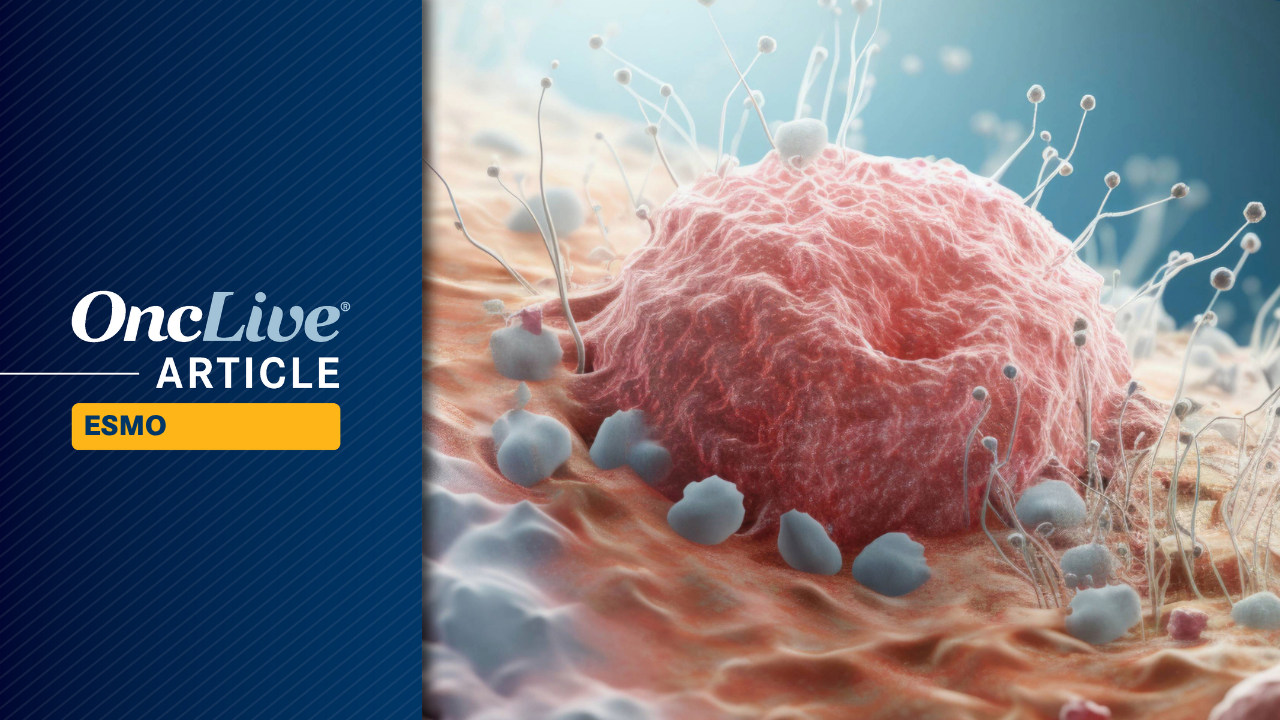Stefan Dennis is back from the sickbay
Paul Robinson off of Neighbours had “a bit of a turn” and suffered vertigo last week but is now fully recovered and will return…


Keen-eyed readers might know we already covered the Xbox Ally updates previously. However, with the amount of news and coverage surrounding the handheld this week, it is worth taking a closer look at what comes next.
Xbox has shared a clearer…

Key events
Paul Robinson off of Neighbours had “a bit of a turn” and suffered vertigo last week but is now fully recovered and will return…
A social media user who spent a week with Virgin Group’s Richard Branson has shared some of the knowledge the businessman imparted upon him.
Tyler Newman is the founder of Luxury Property Partners, an estate business, and hopped online on…

Unlock the White House Watch newsletter for free
Your guide to what Trump’s second term means for Washington, business and the world
Large crowds of protesters are gathering in cities across the US on Saturday in what is expected to be a massive…

LOS ANGELES, CALIFORNIA – MAY 01: Actress Diane Keaton attends the premiere of STX’s “Poms” at Regal LA Live on May 01, 2019 in Los Angeles, California. (Photo by Rodin Eckenroth/WireImage)
WireImage
Beloved Oscar winning actress Diane Keaton died…

Legacy is one of Magic: the Gathering‘s strangest formats. Since almost nothing is off the table, all manner of chaotic strategies run rampant. There are Doomsday decks that exile themselves, reanimator decks that resurrect the strongest…

TikToker Steve Bridges has passed away at age 41.
His wife, Chelsey Bridges, shared the news on his Instagram page on Friday, Oct. 17.
“A light gone too soon. I love you Steve,” she captioned her video, in which she revealed that the Illinois…

The addition of BNT111 to cemiplimab-rwlc (Libtayo) led to an objective response rate (ORR) of 18.1% (95% CI, 10.9%-27.4%; P = .0115) in patients with PD-(L)1-relapsed/refractory melanoma, allowing investigators to reject the null hypothesis of an ORR below 10%, according to data from the phase 2 BNT111-01 trial (NCT04526899) that were presented at the
Best responses included a complete response (CR) rate of 11.7%, partial response (PR) rate of 6.4%, and stable disease (SD) rate of 37.2%. The disease control rate (DCR) was 55.3% (95% CI, 44.7%-65.6%).
With median follow-up of 15.7 months (range, 0.2-42.2), the median progression-free survival (PFS) was 3.1 months (95% CI, 1.7-6.9); the 24-month PFS rate was 24.9% (95% CI, 14.9%-36.1%). The median overall survival (OS) was 20.7 months (95% CI, 14.4-28.3); the 24-month OS rate was 47.8% (95% CI, 36.4%-58.4%).
“The results indicated statistically significant improvement of BNT111 plus cemiplimab vs an assumed historical control ORR of 10% in heavily pretreated, PD-(L)1-relapsed/refractory advanced or metastatic cutaneous non-acral melanoma,” lead study author Paolo Ascierto, MD, full professor of oncology at the University of Napoli Federico II, and director of the Department of Melanoma, Cancer Immunotherapy and Development Therapeutics at the Istituto Nazionale Tumori IRCCS Fondazione Pascale in Naples, Italy, said in a presentation.
The company announced
BNT111 is an investigational uridine RNA-based lipoplex cancer immunotherapy targeting the nonmutated, tumor-associated antigens NY-ESO-1, MAGE-A3, Tyrosinase, and TPTE.1
BNT111-01 was designed as an open-label, randomized, multi-center, interventional trial to evaluate the activity and safety of BNT111 plus cemiplimab as second-line therapy in patients with unresectable stage III or IV melanoma who had progressed on prior PD-(L)1 therapy.
To be eligible for the trial patients had to have measurable disease, serum lactase dehydrogenase levels below the upper limit of normal, and received up to 5 prior lines of therapy including ipilimumab (Yervoy). Notably, patients had to enter the trial within 6 months of confirmed disease progression and have received at least 12 weeks of treatment, which must have included a BRAF-based combination for patients with BRAF-mutant disease.
A total of 180 patients were randomly assigned 2:1:1 to treatment with BNT111 plus cemiplimab (n = 94; arm 1), BNT111 monotherapy (n = 46; arm 2), or cemiplimab monotherapy (n = 44; arm 3), all for up to 24 months. Patients in the monotherapy arms were allowed to add the other agent upon confirmation of disease progression.
The primary end point was ORR by blinded independent central review per RECIST 1.1 in arm 1, which was compared with an assumed historic control ORR of 10%. Secondary end points were ORR in arms 2 and 3, duration of response, DCR, time to response, PFS, OS, safety, tolerability, and patient-reported outcomes.
Patients were followed for safety for 90 days and OS every 3 months for up to 48 months from the last randomization.
Baseline characteristics of the combination arm revealed that the median age was 64.0 (range, 18-84) and most patients were male (63.8%) and had an ECOG performance status of 0 (78.7%). The majority also had stage IV disease at baseline (97.9%), M1c disease (44.7%), and between 2 and 5 prior therapies (56.4%). Patients also were PD-(L)1 refractory (56.4%), and had liver metastases (25.5%), BRAF V600 mutations (28.7%), prior BRAF/MEK therapy (18.1%), and prior ipilimumab (48.9%).
“All patients were PD-(L)1 relapsed/refractory and had received one or multiple prior therapies with half of patients being CTLA4 pretreated,” Ascierto said.
“BNT111 also indicated clinical activity as monotherapy.” The ORR was 17.4% (95% CI, 7.8%-31.4%) with BNT111 monotherapy (n = 46), which included best responses of CR (13.0%), PR (4.3%), and SD (41.3%). The DCR was 58.7% (95% CI, 43.2%-73.0%). With cemiplimab monotherapy (n = 44), the ORR was 13.6% (95% CI, 5.2%-27.4%), with best responses of CR (4.5%), PR (9.1%), and SD (34.1%). The DCR was 47.7% (95% CI, 32.5%-63.3%).
Median follow-up was 11.8 months (range, 0.6-38.4) in the BNT111 arm and 16.9 months (range, 1.9-39.5) in the cemiplimab arm. In the BNT111 monotherapy arm, the median PFS was 2.8 months (95% CI, 2.6-4.7); the 24-month PFS rate was 20.9% (95% CI, 8.0%-37.9%). The median OS was 13.7 months (95% CI, 10.2-24.6); the 24-month OS rate was 37.6% (95% CI, 22.7%-52.5%). In the cemiplimab monotherapy arm, the median PFS was 3.2 months (95% CI, 1.5-5.0); the 24-month PFS rate was 10.6% (95% CI, 1.1%-32.5%). The median OS was 22.3 months (95% CI, 14.6-33.2); the 24-month OS rate was 43.1% (95% CI, 26.5%-58.7%).
With respect to safety in the combination arm (n = 92) treatment-emergent adverse effects (TEAEs) associated with cytokine release included pyrexia (any grade, 76.1%; grade ≥3, 0%), hypertension (any grade, 12.0%; grade ≥3, 6.5%), hypotension (any grade, 13.0%; grade ≥3, 2.2%), fatigue (any grade, 25.0%; grade ≥3, 3.3%), cytokine release syndrome (any grade, 8.7%; grade ≥3, 1.1%), and chills (any grade, 51.1%; grade ≥3, 0%).
TEAEs leading to dose reduction (9.8%), interruption (29.3%), and discontinuation (6.5%) also occurred. TEAEs occurred in 98.9% of cases and were deemed related to BNT111 in 97.8% (grade ≥3, 18.5%) and cemiplimab in 71.7% (grade ≥3, 14.1%).
“BNT111, both as a monotherapy and in combination therapy, exhibited a manageable safety profile, which is primarily driven by the induction of cytokines through toll-like receptors by the single-stranded RNA immunotherapy,” Ascierto said in conclusion.
Disclosures: Ascierto disclosed serving as a consultant or advisory role for Bristol-Myers Squibb, Roche-Genentech, Merck Sharp & Dohme, Novartis, Merck Serono, Pierre-Fabre, Sun Pharma, Immunocore, Italfarmaco, Boehringer-Ingelheim, Regenerson, Pfizer, Nouscom, Lunaphore, Medicenna, Bio-Al Health, ValoTx, Replimune, Bayer, Erasca, Philogen, BioNTech, Anaveon, Genmab, Menarini, Incyte, and ImCheck Therapeutics; research funding from Bristol-Myers Squibb, Roche-Genentech, Pfizer, Regeneron, and Medicenna; travel support from Pfizer, Bio-Al Health, Replimune, MSD, Pierre Fabre, and Philogen; and non-financial interests as president of the Fondazione Melanoma Onlus, president of the Campania Society of ImmunoTherapy of Cancer, member of the steering committee of the Society of Melanoma Research, and a member of the Board of Directors for the Society of Immuno-Therapy of Cancer.